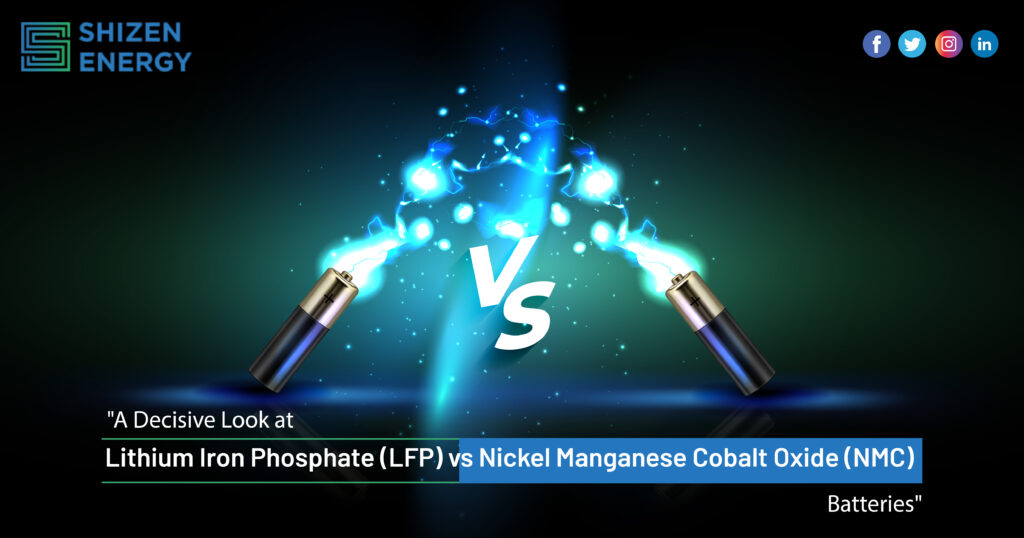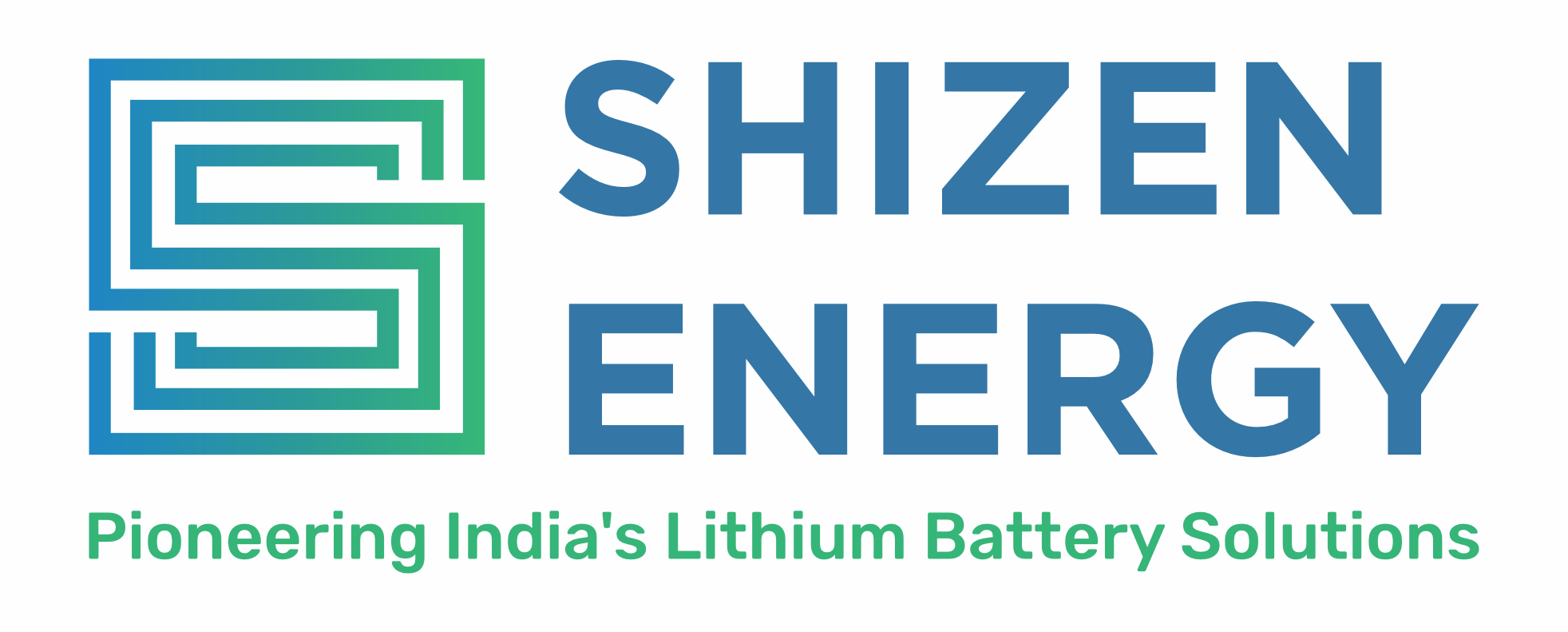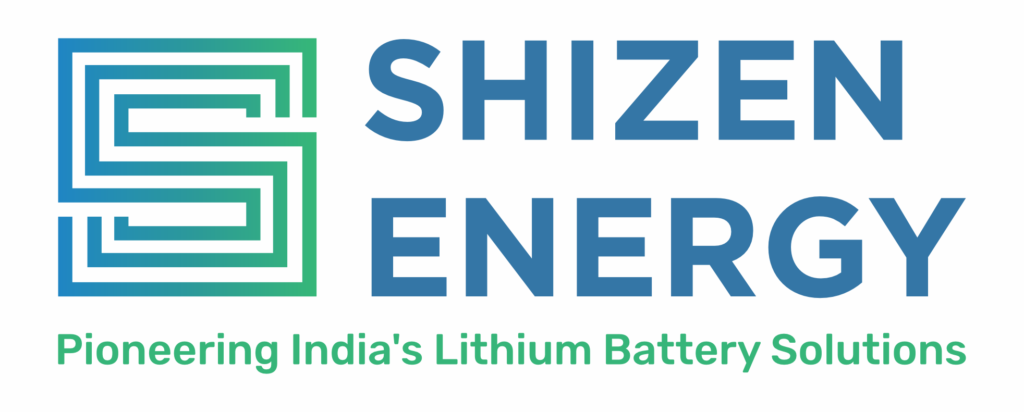In the ever-evolving energy landscape, battery technology reigns supreme. From powering our pocket-sized smartphones to propelling sleek electric vehicles, batteries silently orchestrate our modern lives. As the insatiable thirst for energy storage intensifies, two battery chemistries have emerged as frontrunners in a captivating duel: LFP (Lithium Iron Phosphate) and NMC (Nickel Manganese Cobalt).
This isn’t just a battle for dominance; it’s a crucial crossroads where performance, safety, and cost-effectiveness collide. Choosing the right champion becomes paramount, not just for individual applications, but for the future of sustainable energy itself. So, buckle up, energy enthusiasts, as we delve into the electrifying arena of LFP vs NMC batteries!
Understanding LFP and NMC Battery Chemistries
Deep dive into Lithium Iron Phosphate (LFP) batteries
LFP batteries are characterized by their unique chemistry and structure. They consist of lithium iron phosphate as the cathode, carbon as the anode, and an organic electrolyte. This chemistry allows LFP batteries to deliver a stable and reliable source of power, ideal for applications that prioritize safety and long life cycles.
Unveiling Nickel Manganese Cobalt Oxide (NMC) batteries
NMC batteries, on the other hand, utilize different chemistry and structure. They consist of a combination of nickel, manganese, and cobalt oxides in the cathode, graphite or silicon as the anode, and an organic electrolyte. NMC batteries provide a balance between energy density, power density, and cycle life, making them versatile for a wide range of applications.
NMC batteries offer a higher energy density compared to LFP batteries, enabling them to store more energy in the same physical volume. Additionally, NMC batteries have the advantage of longer cycle life, allowing for more charge-discharge cycles without significant degradation.
Key Performance Metrics
Energy density comparison of LFP vs. NMC batteries
Need a marathon runner? LFP’s stable power and long life fuel consistent needs like grid storage. Safety champion too, it won’t overheat or catch fire easily. But for sprints? NMC’s high energy density packs a punch, ideal for EVs and drones. Faster charging and bursts of power are its game. Analyze your needs, pick your champion! LFP vs NMC Batteries: It’s your battery battle to win.
Power density evaluation: LFP vs. NMC Batteries
LFP batteries generally exhibit lower power density compared to NMC batteries. The intrinsic characteristics of LFP chemistry, such as its stable voltage profile, contribute to more gradual power output. This makes LFP batteries suitable for applications that prioritize sustained power delivery and longevity. In contrast, NMC batteries provide higher power density due to their chemistry, enabling them to deliver bursts of energy quickly. This makes NMC batteries ideal for applications that require high instantaneous power, such as electric vehicles during acceleration or high-performance portable electronics.
Safety Considerations
Examining the safety features of LFP batteries
LFP batteries exhibit excellent thermal stability, minimizing the risk of thermal runaway – a potentially catastrophic event in which battery temperature rapidly increases, leading to fire or explosion. The stable chemistry of LFP batteries contributes to their ability to withstand high temperatures without compromising safety. Furthermore, LFP batteries have robust safety profiles even in extreme conditions such as overcharging, over-discharging, or mechanical abuse. They demonstrate a lower propensity for internal short circuits, reducing the likelihood of critical failures.
Cycle Life and Performance Degradation
Assessing the cycle life of LFP batteries
With the widespread use of lithium-ion batteries, it is essential to prioritize eco-friendly alternatives. Proper recycling and disposal of batteries are crucial to protect the environment and maximize resource utilization. Researchers are diligently developing efficient recycling methods to recover valuable materials like lithium, cobalt, nickel, and manganese from discarded batteries.
Exploring the cycle life of NMC batteries
Unveiling the Price: LFP vs NMC Batteries
Analyzing the cost implications of LFP batteries
Sustainability aspects of NMC batteries
Application Scenarios and Suitability
LFP batteries: Ideal applications and industries
LFP batteries find significant utility in applications and industries that prioritize safety, long cycle life, and reliability over high energy density. Some ideal applications for LFP batteries include grid energy storage, uninterrupted power supply (UPS), electric forklifts, and stationary energy storage systems. These applications often require robust safety features, longevity, and minimal maintenance, making LFP batteries the preferred choice.
NMC batteries: Ideal applications and industries
NMC batteries, with their higher energy density and power density, are well-suited for applications that demand a balance between performance and energy storage capacity.
Electric vehicles, portable electronics, renewable energy integration, and aerospace industries are some of the sectors where NMC batteries excel. These applications benefit from the higher energy density, longer cycle life, and power output capabilities of NMC batteries.
Advancements and Future Outlook
Recent developments in LFP battery technology
Recent Post
Dont Hesitate To Contact Us
Categories
Summary of Pros and Cons

In the battery arena, two titans clash: LFP and NMC. LFP, the stalwart defender, prioritizes safety and longevity, offering impressive cycle life and thermal stability. It’s the reliable champ for low-maintenance needs, but lacks the raw power punch.
NMC, the audacious challenger, boasts explosive energy and power density, perfect for performance-hungry applications like EVs. But be warned, this fiery champion demands careful thermal management and a heftier price tag.
So, which battery will reign supreme in your kingdom? Choose LFP for unwavering peace of mind, NMC for unbridled power. Every battle requires the right weapon. Choose wisely, and conquer the world of LFP vs NMC Batteries!

